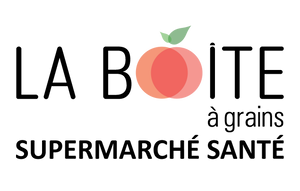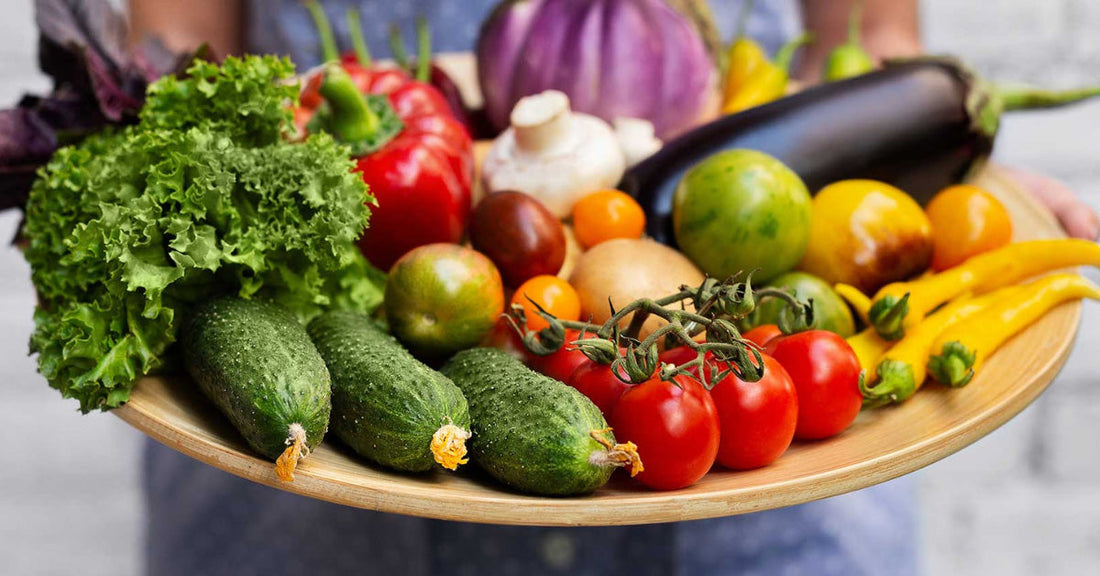First of all, what is food waste? On a small scale, it starts in our kitchens, with all the perishable food that we take care to choose from to vary our meals, but which ends up in the garbage can because it hasn't been used in time.
On a large scale, this "waste" is revealed all along the production chain, i.e. in the field, during transport, during processing, in the grocery store, in the restaurant, in the hotel and, as I said, at home. Food waste affects all categories of food with a limited shelf life. In Canada, for example, we're talking about fruit and vegetables, leftovers after a meal, fish and meat, bakery products including bread, eggs and dairy products including cheese.
Simple solutions to food waste: a few figures
Figures confirm that in Canada, an estimated 35.5 million tonnes of food residue is wasted along the food chain, from field to plate. Fruits and vegetables top the list.
What's more, it is reported that 63% of the food thrown away from Canadian households could have been consumed. In other words, each family wastes an average of 140 kilograms per year, which is roughly equivalent to $1100 less in our wallets.
Other important facts
- Considering all the food prepared by one paid person that ends up in the garbage, it's a waste of time, energy and money.
- The compost garbage can option leaves us a little less guilty, but complicit in mismanagement since there's still food being thrown away.
- Add to this the production of this wasted or discarded food, which requires around 1/4 of all the water used in agriculture each year. Not to mention the surface area of land used unnecessarily, etc..2
Green measures you can take against food waste
- Regularly check what's in your fridge
- Plan your menus for the week before grocery shopping
- Make meals with what you have in the fridge
- Stick to your grocery list
- Check your fridge temperature (between 0 and 4 degrees)
- If certain foods are close to their sell-by date, put them at the front of the fridge and eat them quickly.
- Have good containers that keep your food hermetically sealed.
- Write down preparation dates and add a 'best before' date.
- Freeze prepared meals in individual portions
- Keep small freezer containers for tomato paste in individual portions (1 tablespoon)
- For ripe fruit, make smoothies, compote, pie or granola bars
- For old vegetables, remove the decomposed parts and use them in soup.
- Storing lettuce: once the lettuce has been washed, store it in an airtight container with a paper towel to absorb moisture.
- For mushrooms, if you keep them in a plastic container, open the top plastic or put them in a paper bag.
- Buy as local and organic as possible
- Have a calendar of fruit and vegetable availability by month. Examples: asparagus (May, June, July), garlic, onions (year-round), carrots (year-round), beans (July, August, September, October), etc.
- For truly fresh vegetables in winter, sprout alfalfa, watercress, red clover, etc., and sunflower sprouts, etc., on potting soil..1, 2, 3
Happy Planet, a model of its kind
Happy Planet was founded in 1994 and is located in Vancouver. Smoothies made from natural ingredients were at the heart of the company's beginnings. Thanks to a path of passion and perseverance, Happy Planet is now the Canadian leader in all-natural foods and beverages.
Ethically sourced superfoods are added to a wide range of delicious smoothies and juices. Environmentally committed, Happy Planet works in partnership with farmers and merchants to source raw materials locally, ecologically and with the aim of minimizing food waste..4, 5
In addition, Happy Planet works with Outcast Upcycled Nutrition, a company that defends the planet from food waste. Outcast Upcycled Nutrition rescues thousands of nutrient-rich fresh fruits and vegetables that were headed for composting, and transforms them into powder for a second life. The powder is 100% vegan, organic, gluten-free, soy-free and contains no added sugar.
Happy Planet uses this fruit and vegetable powder in its recipes for juices, smoothies and soups.2, 7
Ethically sourced superfoods
Happy Planet seeks exclusivity in its products, and it's by doing business with small family-run businesses around the world (partnering with Farafena in Mali, for example), in search of special ingredients rich in antioxidants and nutritional values like baobab, that we taste the difference. These gestures are more far-reaching than we can imagine, transforming the destiny and health of communities of women, families and even villages..4, 5
Smoothies and soups rich in superfoods
Have you ever tried Happy Planet smoothies? You have several choices:
- Smoothie C Xtreme fruit smoothie with Camu Camu (Brazil) and Baobab (Mali)
- Mango (Mexico) and passion fruit smoothie
- Extreme Green Smoothie with Moringa (Malawi)
- etc.
Over the years fresh soups have been added to their products. We're talking about 100% vegetable soups, soups inspired by the world, i.e. prepared with authentic ingredients and flavored with herbs and spices..4, 5
Exemplary soups and super soups
Continuing its commitment to nutritious, environmentally-friendly products, Happy Planet has launched a range of Eat Good super soups made from super-recycled fresh plants and vegetables. By giving these foods and superfoods a new lease of life, Happy Planet kills two birds with one stone: combating food waste and offering tasty products rich in proteins, vitamins and benefits.
Three super soups are available now:
- Super soup with roasted vegetables and lentils
- Super soup with carrots, ginger and turmeric
- Super Restorative Fraser Valley Mushroom Soup
Renewable energy packaging
Happy Planet's goal is to have packaging that is more sustainable for the entire planet by 2025.
Flexible plastics are an effective way of packaging food, but they are often single-use and, from an environmental perspective, should be eliminated.
A solution for flexible packaging: BioFlex
BioFlex is quality packaging with a shelf life equivalent to conventional packaging, and which contributes to the production of biogas after disposal in a modern landfill. The biogas produced during decomposition is used as an energy source to power our cars and electric homes..6
A grateful planet
- Concrete actions to achieve targets against food waste: Happy Planet would like to save 100,000 pounds of fresh fruit and vegetables a year from food waste.
- Happy Planet is socially involved in its community and actively participates in helping the Union Gospel Mission (UGM) prepare and serve meals, provide juices and smoothies and create a better future for everyone.
At every meal, let's eat with gratitude and mindfulness!
About the author
Marie Couture, Certified Naturopath
Specialized in :
- Digestive disorders
- Inflammation
- Hormonal problems
- Stress management
References


